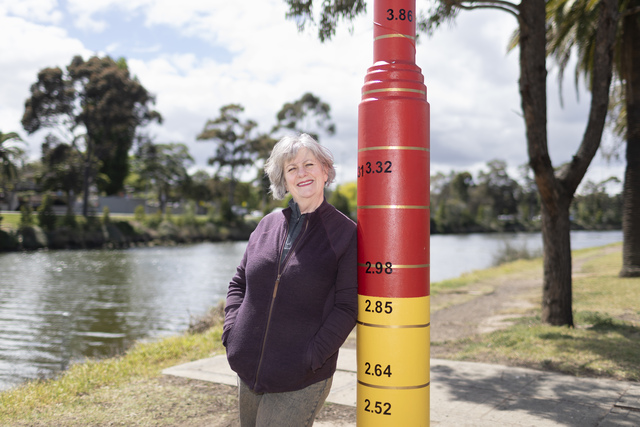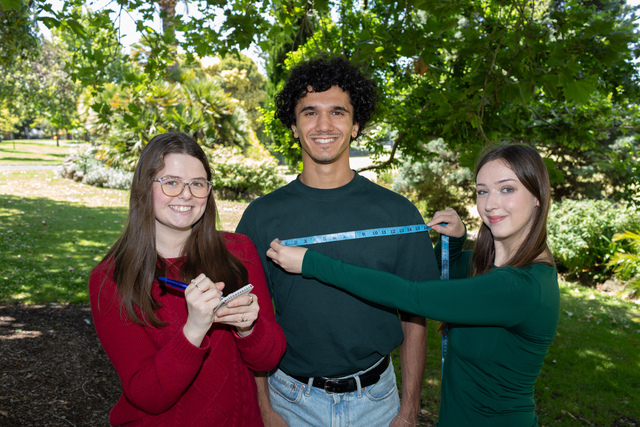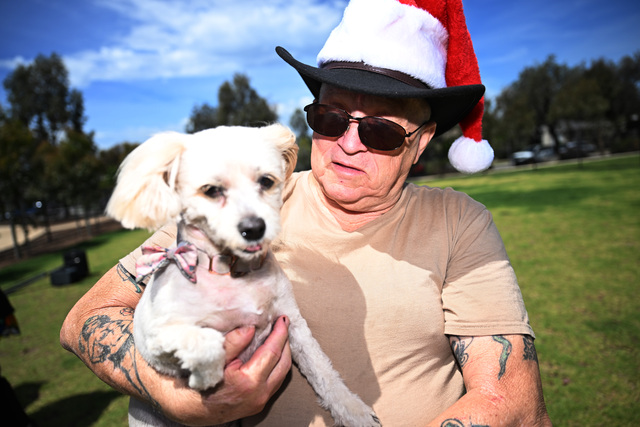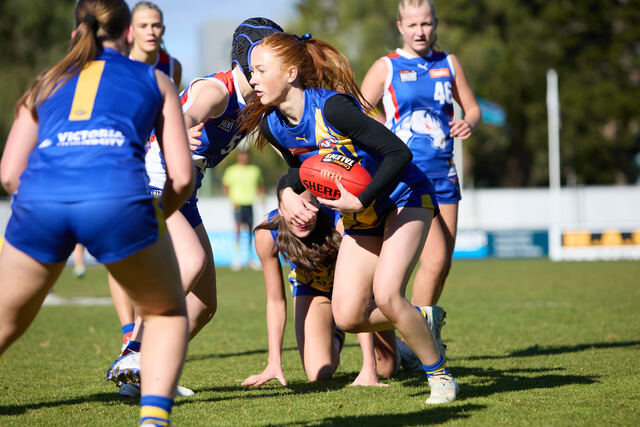With this week marking two years since the 2002 Maribyrnong River floods, candidates for the upcoming council elections are being surveyed on how they would approach any future flood events.
Candidates contesting council areas in the Maribyrnong River catchment area, Maribyrnong, Brimbank, Hume, Macedon Ranges, Moonee Valley and Melbourne, are being sent a survey asking if they support three flood mitigation and management proposals.
The survey is being circulated by the Maribyrnong Community Recover Association (MCRA), a community group born out of the 2022 floods which inundated homes when the Maribyrnong River burst its banks on October 14.
MCRA president and local resident, Madeleine Serle, said the surveys were an attempt to explain and garner support for three projects the organisation has relating to flood mitigation, emergency management and flood resilience.
“We have sent them a letter with an explanation of the three projects and asked them to give us a yes or a no or a why,” said Ms Serle who explained the three projects were.
“The first is the joint ticket to work out mitigation solutions for the Maribyrnong River that MCRA has submitted into the Melbourne Water Mitigation Solutions Study,” she said, adding the organisation had partnered with consultants, and experts in hydrology, law and consultation to develop the solutions.
The second project is the construction of a model home demonstrating cutting-edge flood resilient design, as well as the retrofitting of an existing property.
The third is for the return of specific flood charts that allow residents to determine the exact risk to their homes based on the latest flood warnings.
Ms Serle said Melbourne Water used to provide such charts, but stopped doing so in the mid-2000s.
A spokesperson for Melbourne Water said it was in the process of transferring flood modelling and forecasting to the Bureau of Meteorology so information could be provided faster, but that a return of flood charts was not on the cards.
“These changes were made over 20 years ago and there are more contemporary ways in which this information can be communicated,” the spokesperson said.
“We now work with VIC SES to help inform and educate the community through the storm and flood guides.”
Ms Serle said the surveys were steadily being returned and she planned to publish the results as soon as possible.







